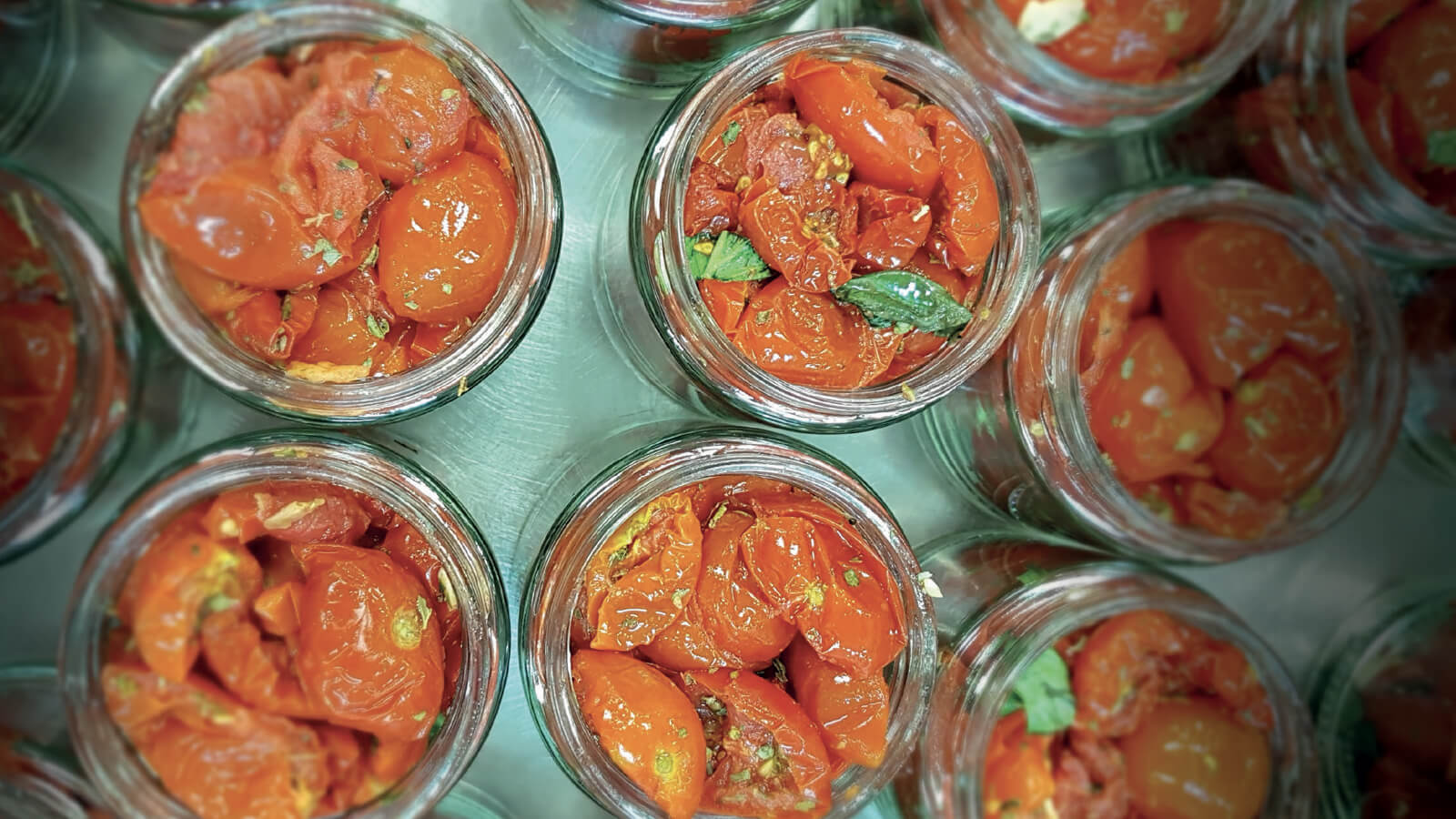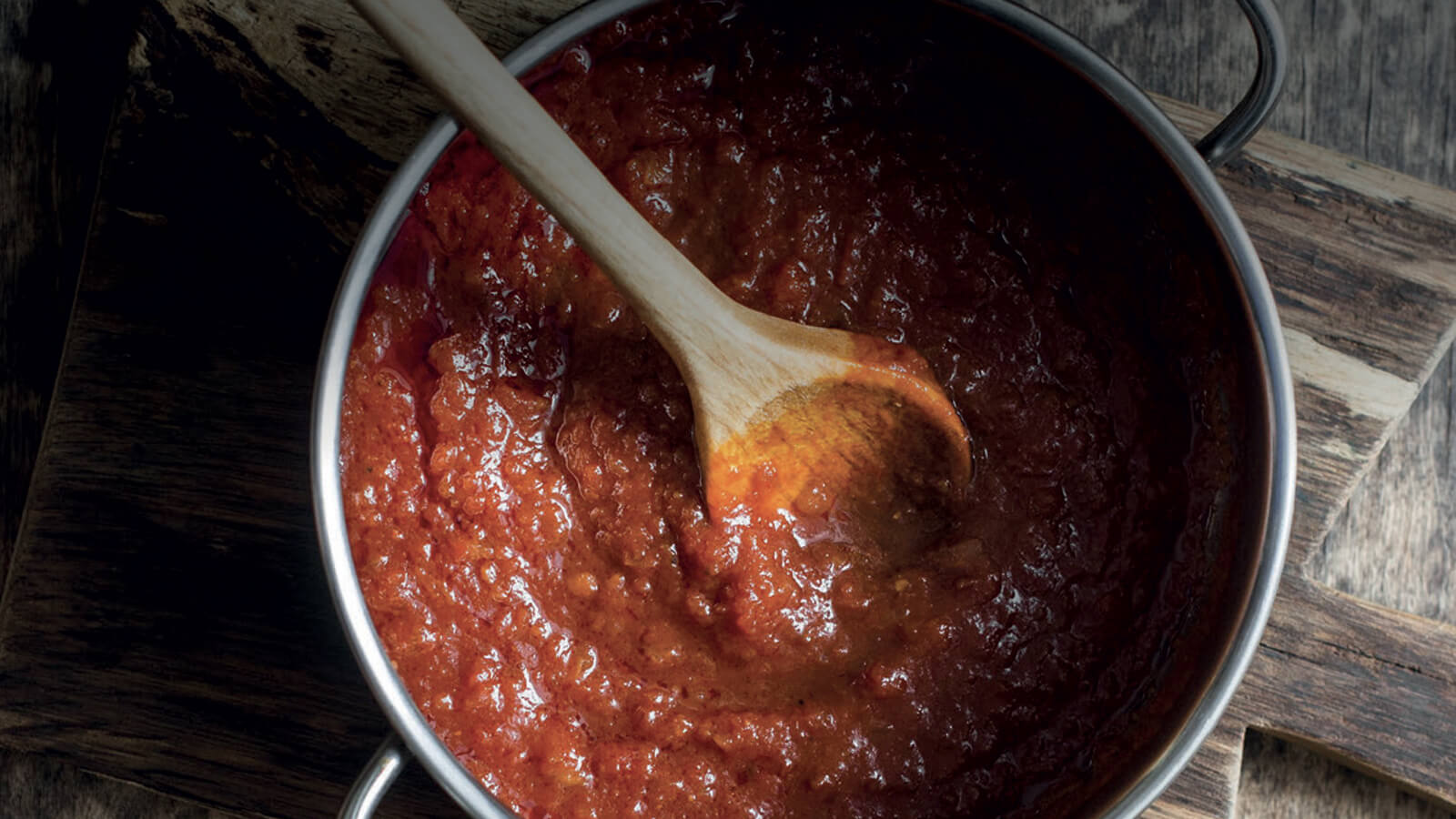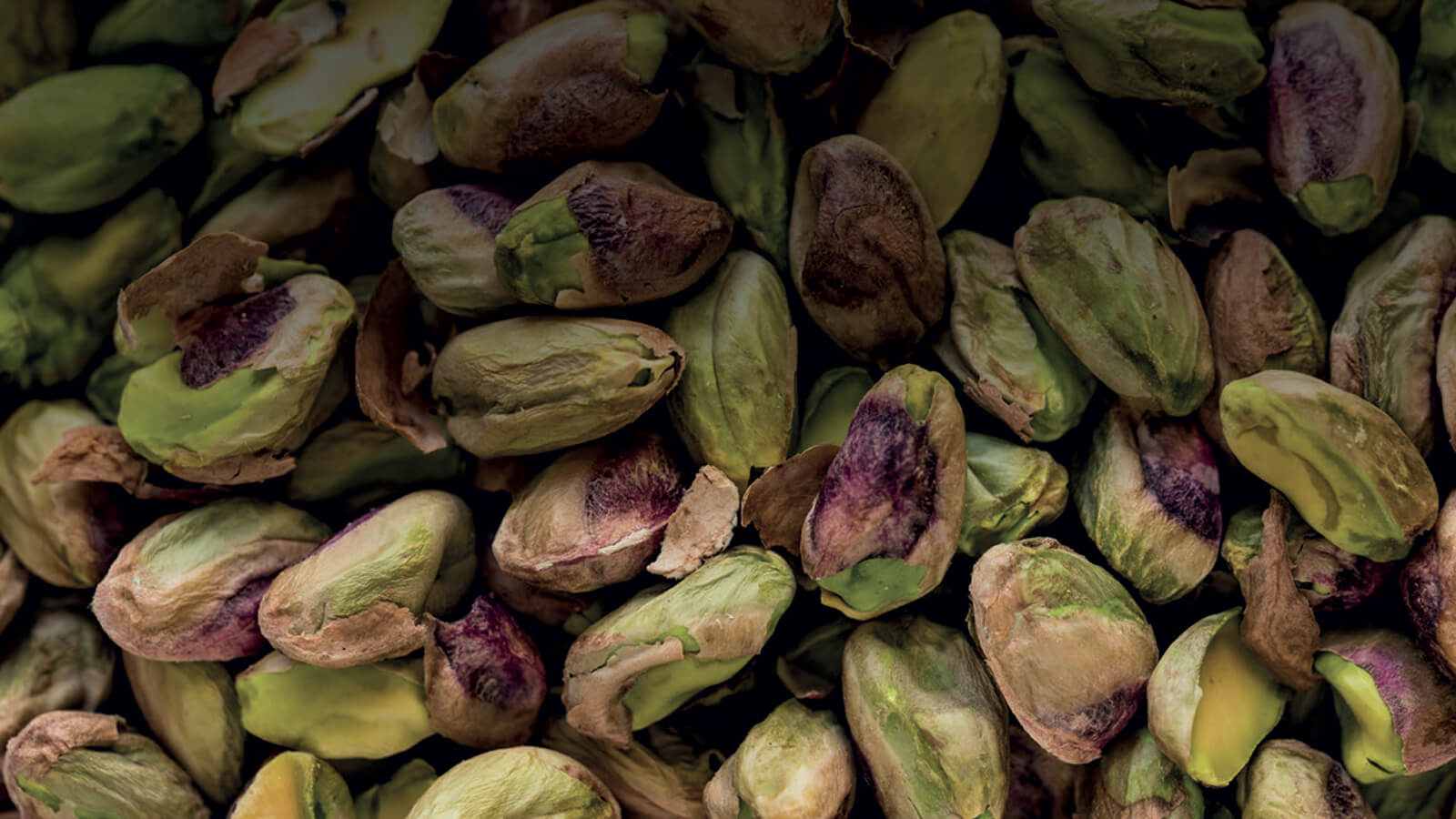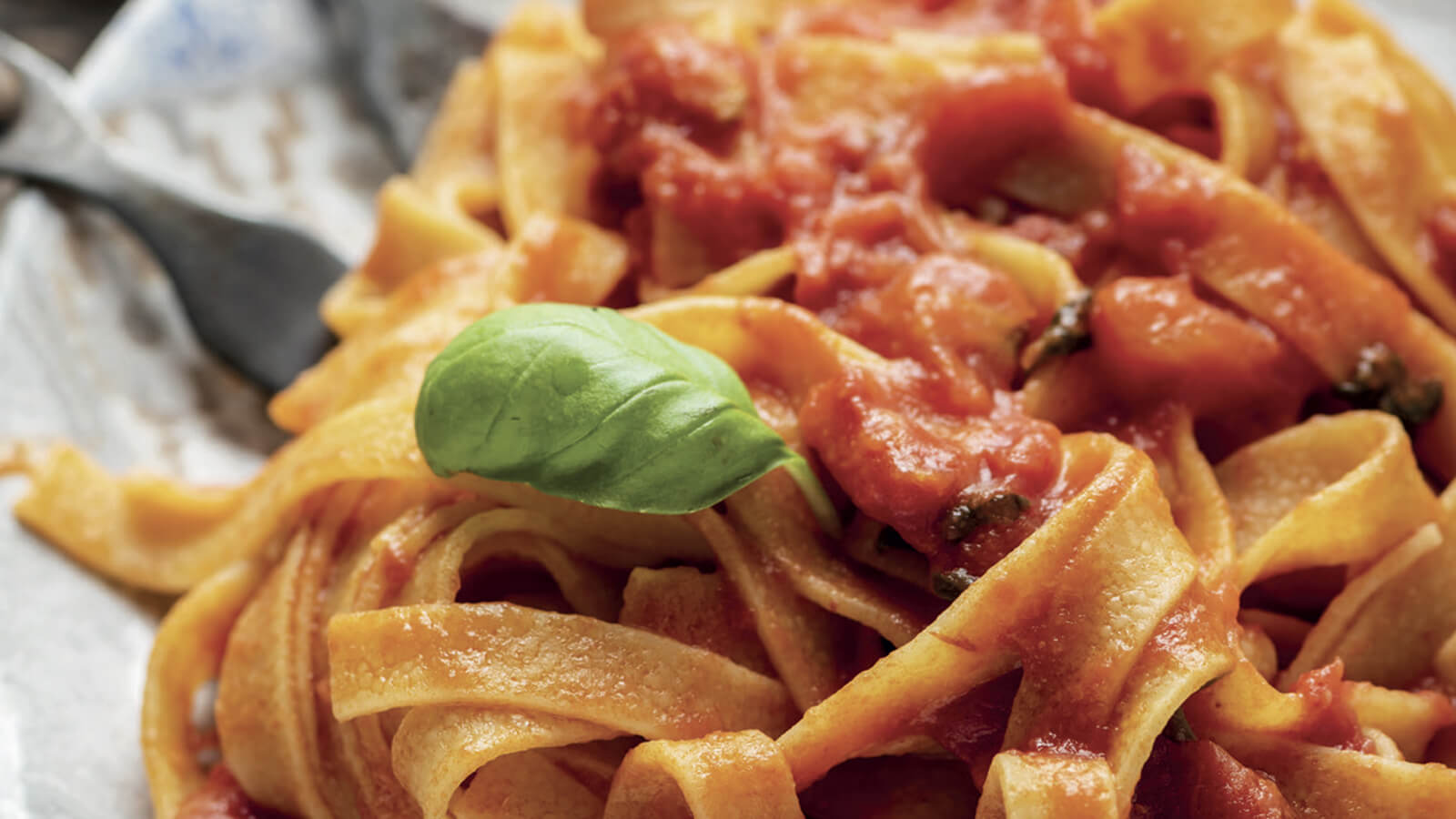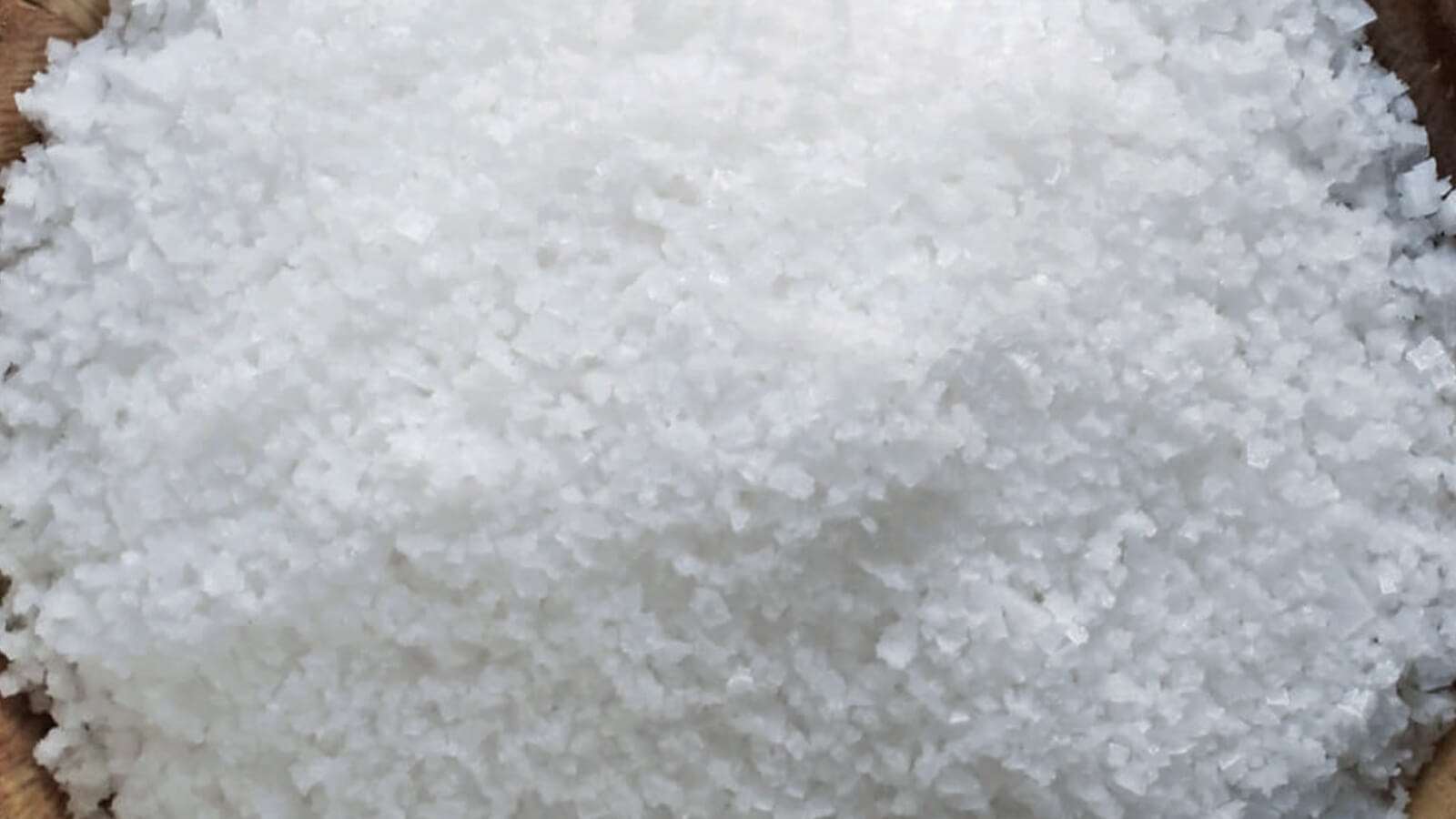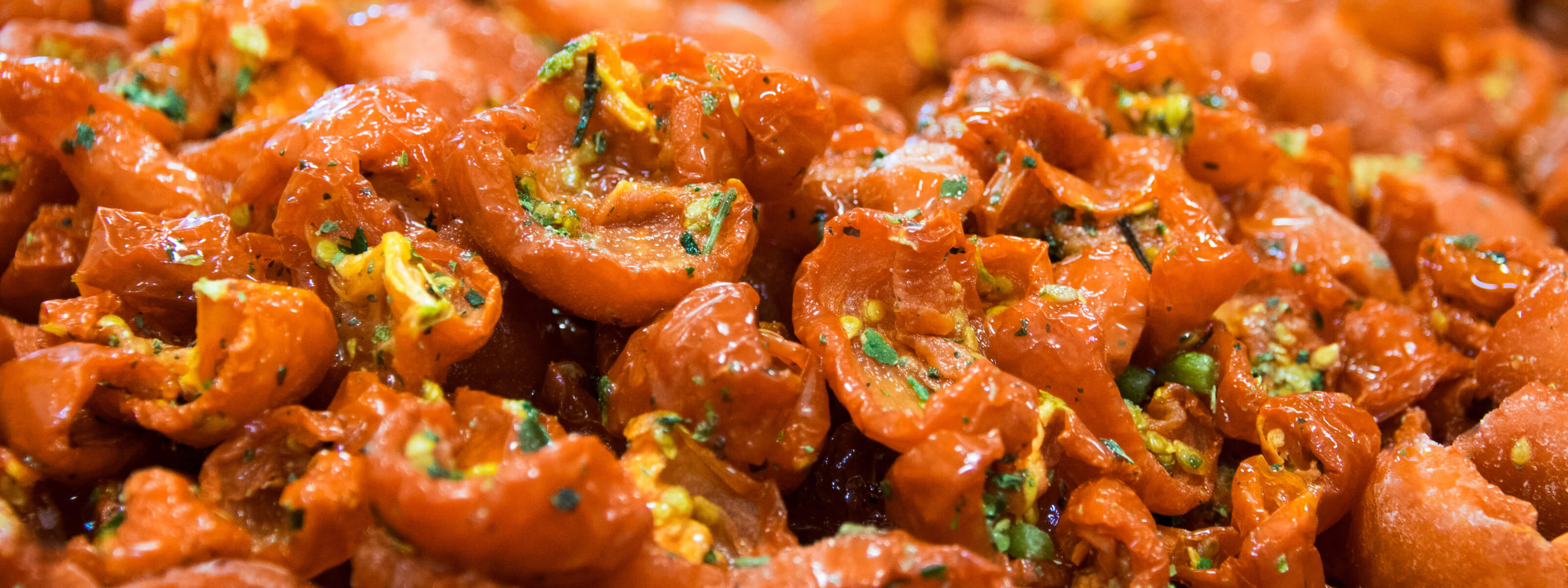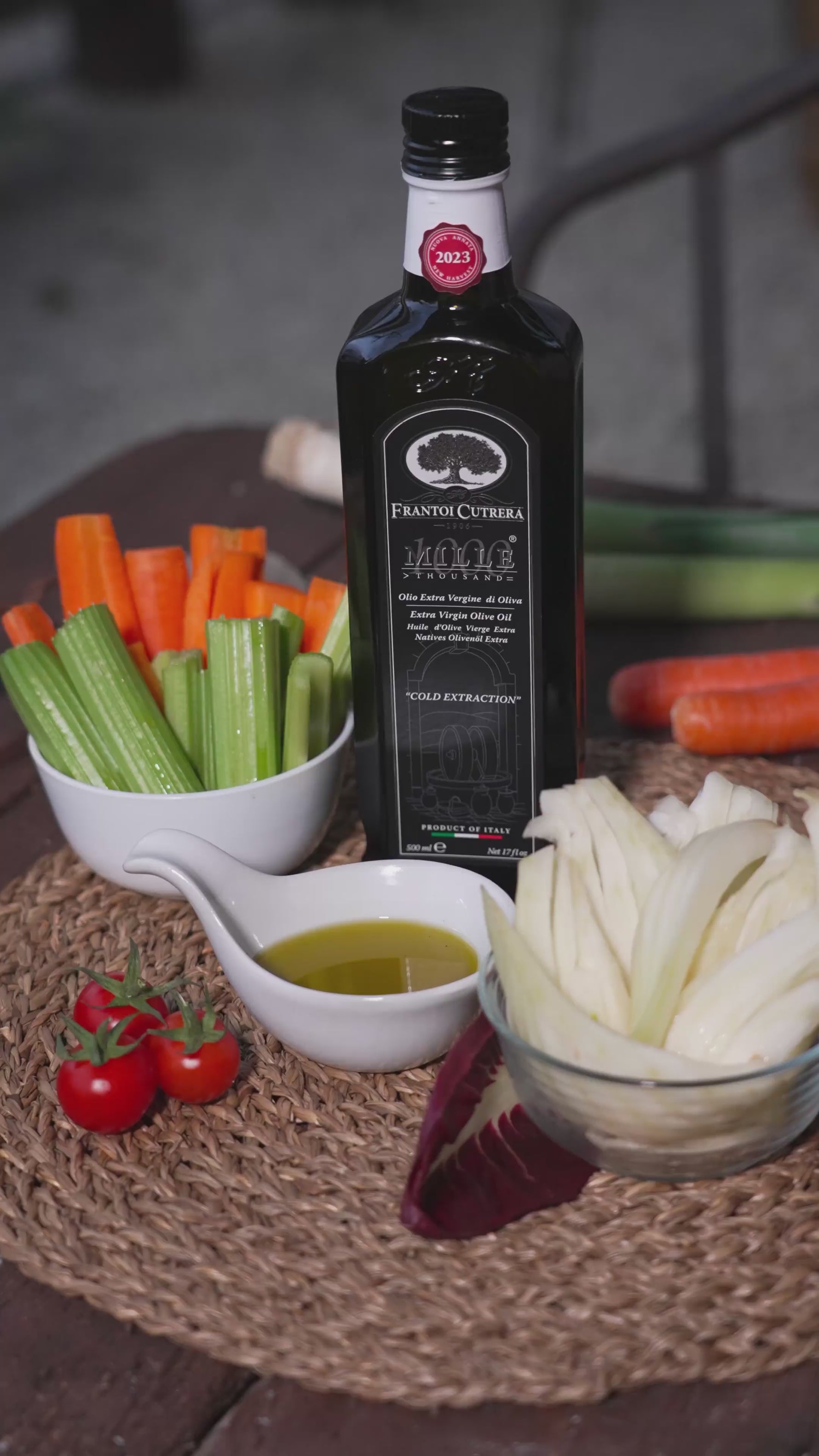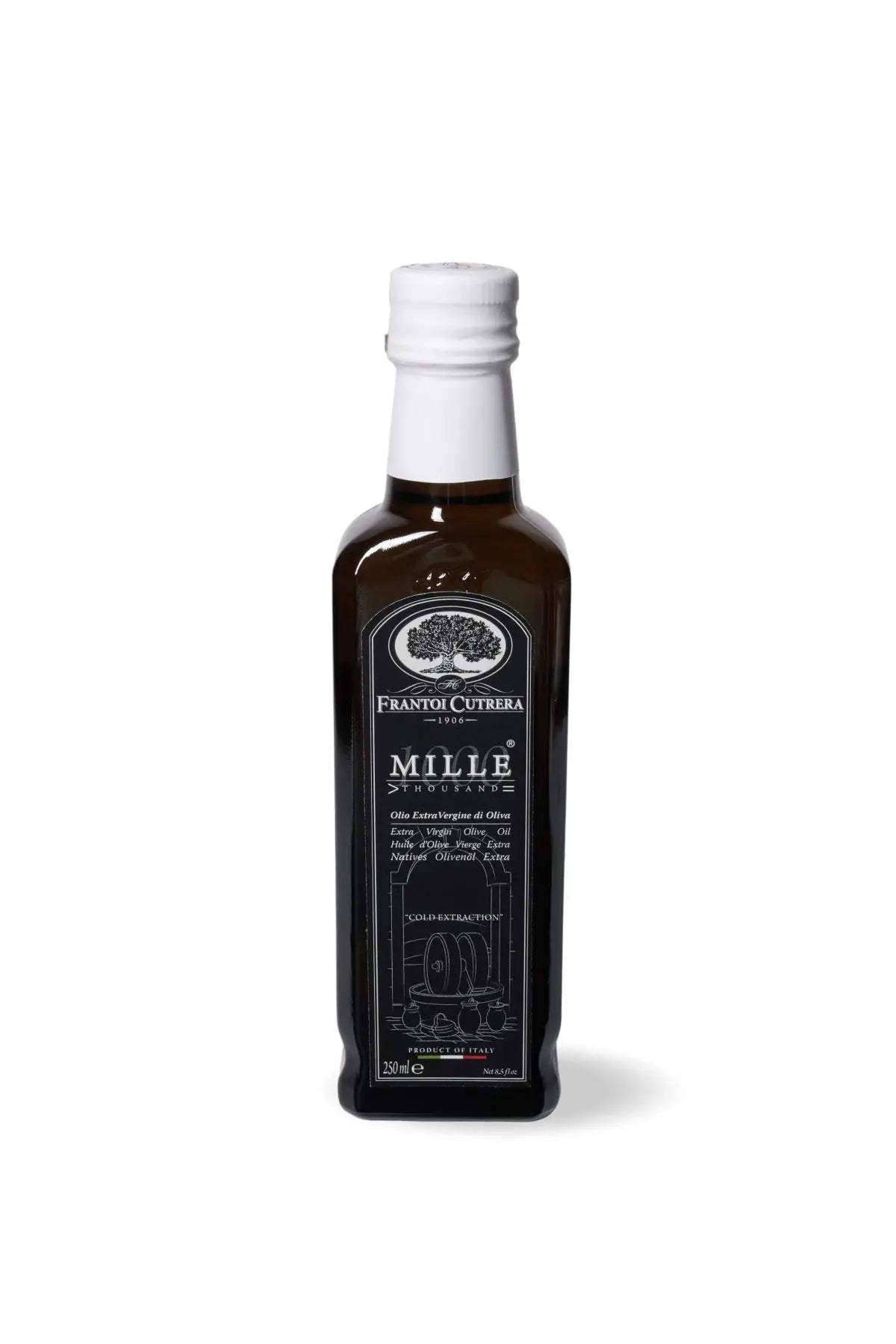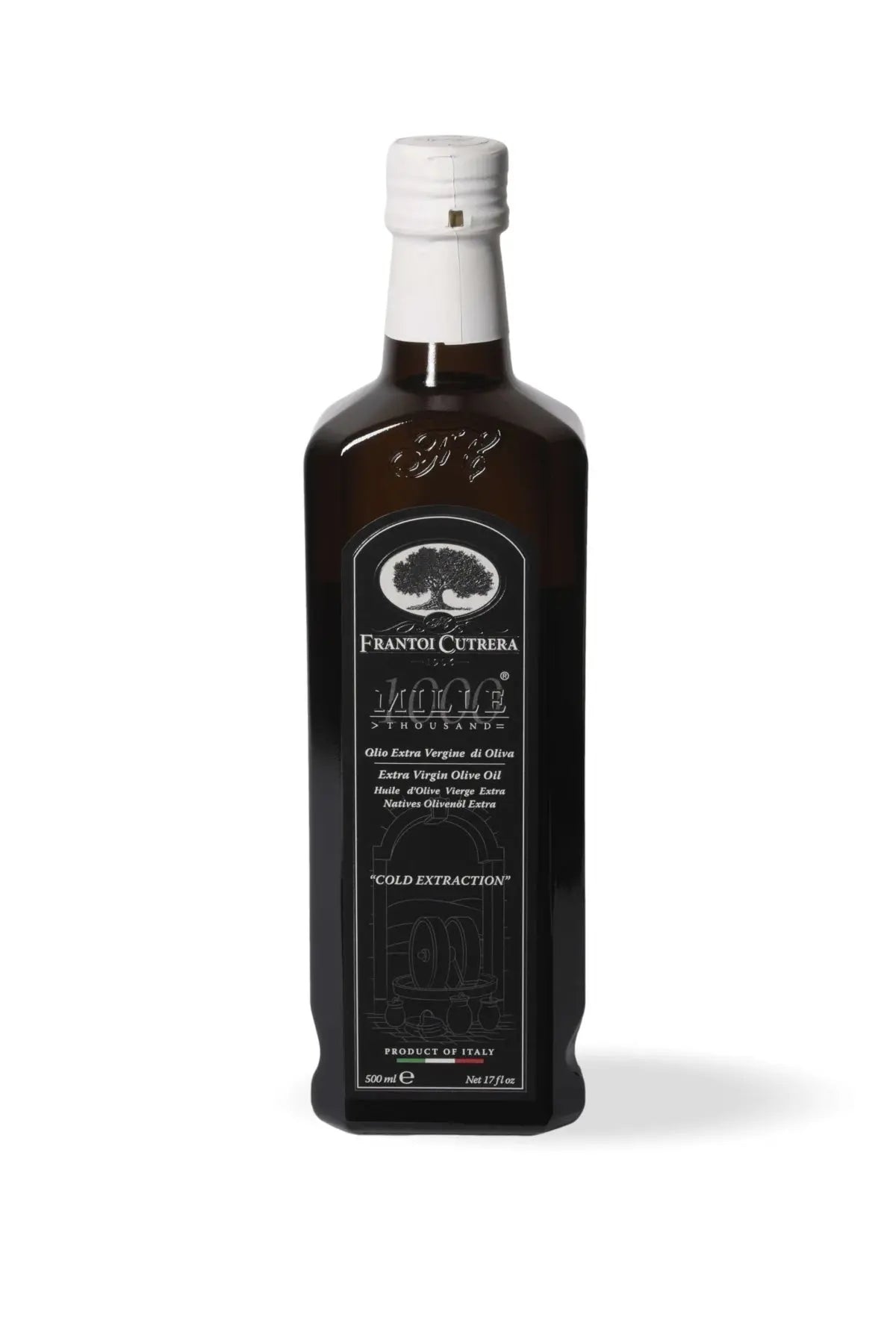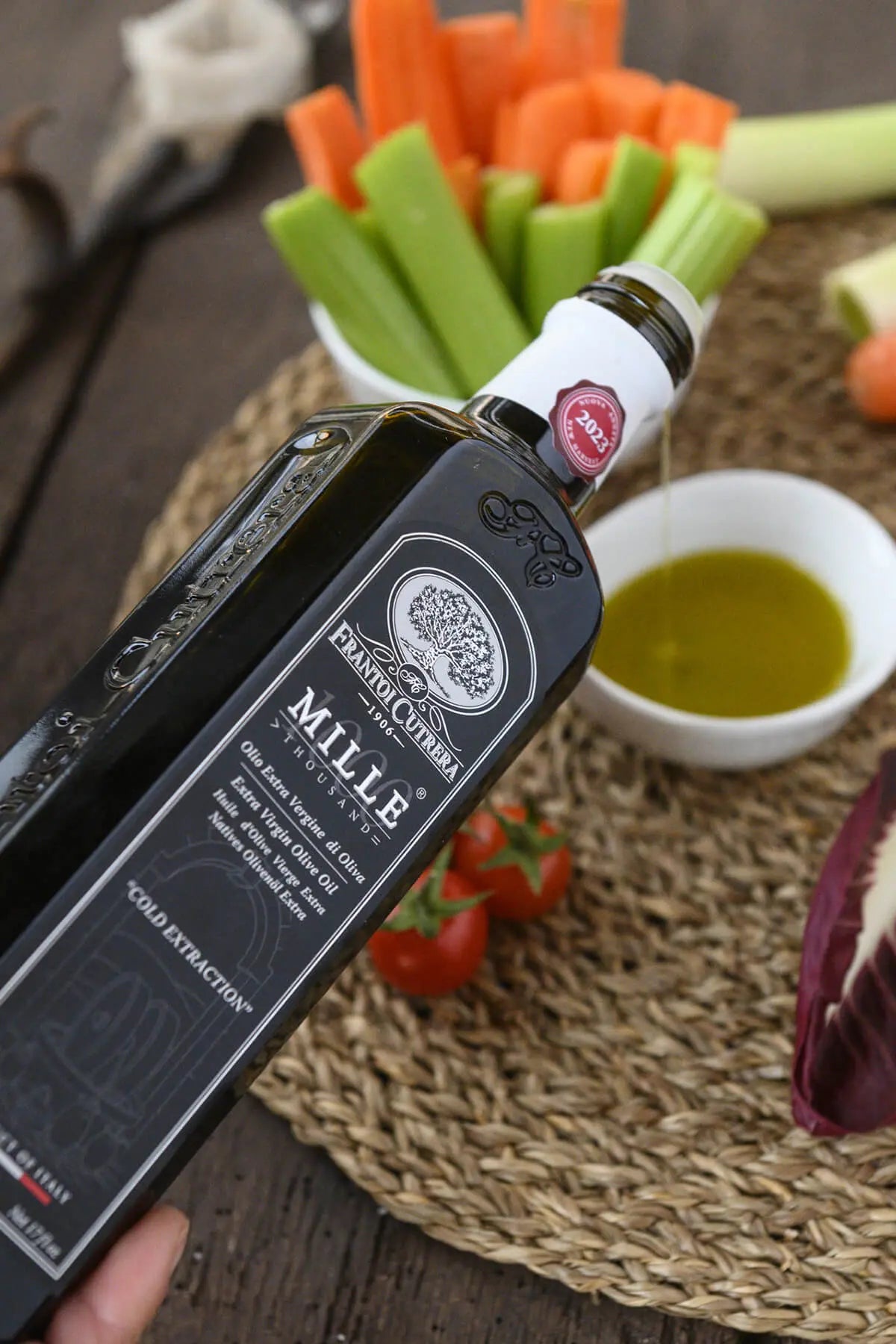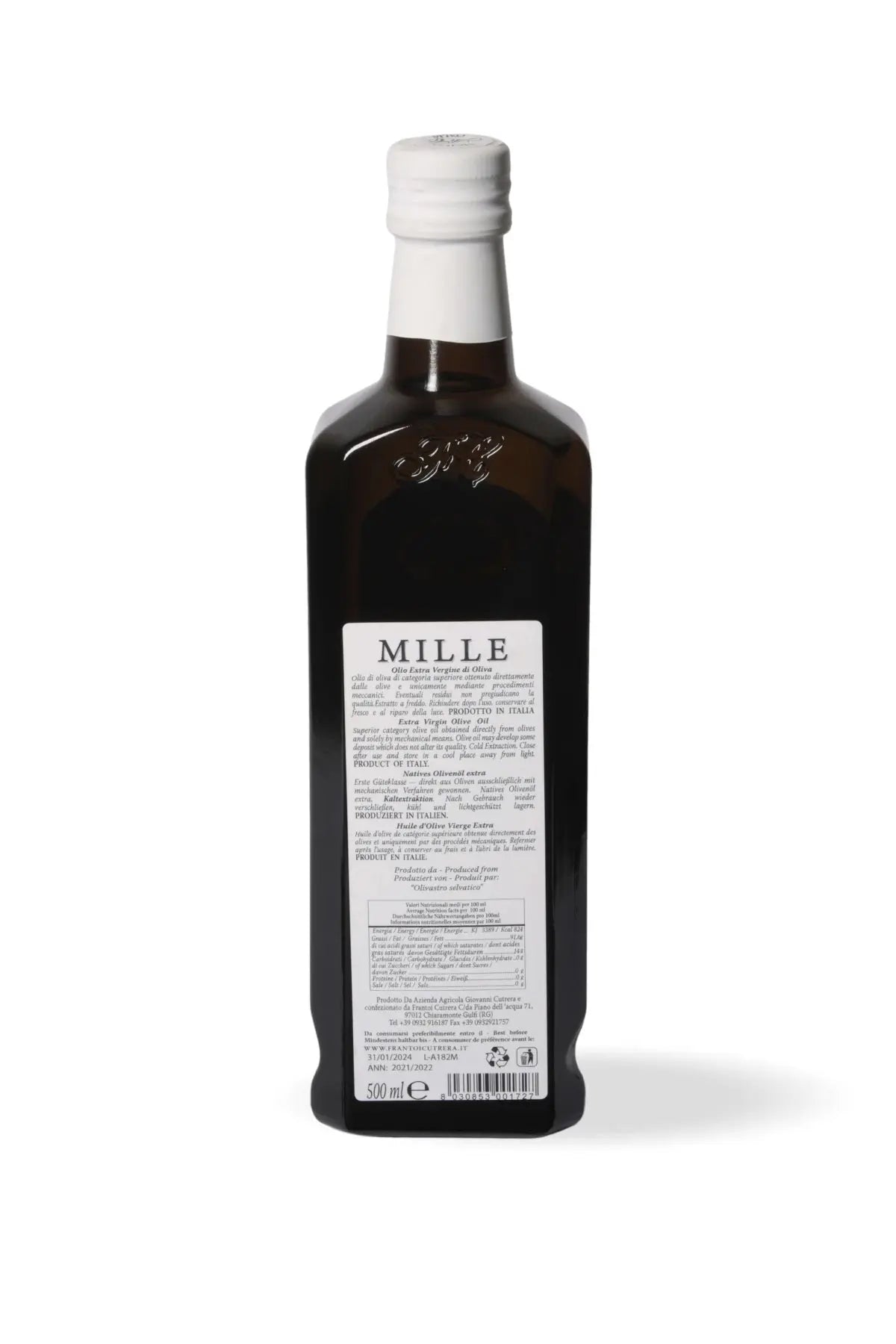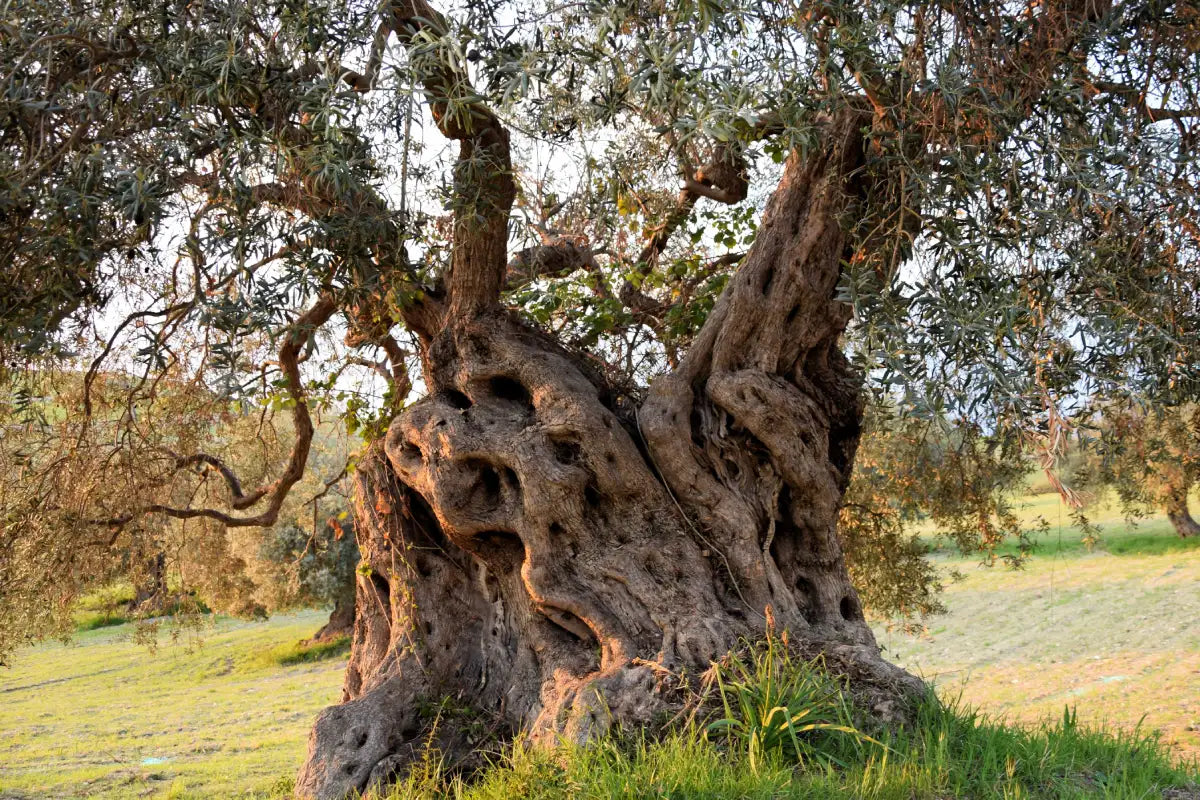
Wild wild olive: the secrets of its high quality olive oil
Discover the secrets of the wild wild olive and its high quality extra virgin olive oil.
Here is an overview:
- Introduction to the wild wild olive
- Health benefits of olive oil obtained from wild wild olive
- Differences between olive oil obtained from wild wild olive and other varieties
- Traditional methods of harvesting and producing wild olive oil
- Protection and conservation of the wild wild olive
- Price evaluation of olive oil from wild wild olive
- Role of the wild wild olive in biodiversity
- Sustainability and environmental impact in the production of wild olive oil
- Culinary use of olive oil from wild wild olive
- Conclusion and future prospects
Introduction to the wild wild olive
Our journey into the world of the wild wild olive begins with the discovery of a tree with ancient roots and extraordinary potential. By exploring the characteristics of this plant, we can fully understand the exceptional quality of its oil, a precious treasure of nature.
- During our research, we will immerse ourselves in the unique properties of the wild wild olive, highlighting its resistance to adverse climatic conditions and its ability to adapt to the most inaccessible terrain.
- We will explore the different varieties of wild olives, highlighting the nuances of flavor and intense aromas that characterize the fruit of this centuries-old tree.
- We will also discover the production process of wild olive oil, from the harvesting of the olives to the cold pressing method which preserves all the beneficial properties intact.
Through this introduction to the wonders of the wild wild olive, we prepare to fully explore the secrets that make its oil such a valuable and appreciated product throughout the world.
Health benefits of olive oil obtained from wild wild olive
We have found that the oil obtained from wild wild olive is not only delicious, but also offers a number of health benefits that are worth knowing about. That's why we love incorporating it into our daily diet:
-
Rich in antioxidants : Olive oil obtained from wild wild olive is rich in polyphenols, powerful antioxidants that help protect cells from damage caused by free radicals.
-
Beneficial for the heart : Thanks to the high content of monounsaturated fatty acids, wild olive oil can help reduce bad cholesterol in the blood, thus helping to improve cardiovascular health.
-
Anti-inflammatory effects : Compounds found in wild olive oil can help reduce inflammation in the body, helping to prevent a number of chronic diseases.
-
Brain Protection : Some studies suggest that olive oil obtained from wild wild olive may have protective effects on the brain and help prevent neurodegenerative diseases such as Alzheimer's.
-
Reduced cancer risk : Phytochemical compounds found in wild olive oil could help reduce the risk of developing certain types of cancer, thanks to their anticancer properties.
With all these health benefits, it is no wonder that olive oil obtained from wild wild olive is considered a true treasure of nature.
Differences between olive oil obtained from wild wild olive and other varieties
In this section we will explore the key distinctions between olive oil made from wild wild olive and that made from other varieties of olive trees. The differences between the two types of oil can be notable and affect both taste and health properties.
-
Origin of the olives : While the wild olive grows spontaneously and wildly, other varieties of olive trees are often cultivated and managed.
-
Taste characteristics : Olive oil obtained from wild wild olive often has a more intense and spicier flavor than that produced from cultivated varieties. This is due to the greater genetic diversity of the wild wild olive.
-
Nutritional Content : Olive oil derived from wild wild olive may have higher levels of polyphenols and antioxidants than other varieties. These compounds confer health benefits.
-
Cultivation methods : While cultivated varieties are often subject to intensive techniques, wild olive grows in natural conditions, absorbing nutrients from the soil and surrounding climate.
-
Environmental sustainability : Wild wild olive requires less human intervention and can contribute to more balanced ecosystems, while intensive cultivation of other varieties can have a negative impact on the environment.
-
Popularity and availability : Olive oil obtained from wild wild olive is often considered a niche product, while other varieties are more widespread on the market.
Exploring and understanding these differences can help you develop greater awareness of the various types of olive oil available and make more informed choices when selecting this precious food.
Traditional methods of harvesting and producing wild olive oil
The secrets of high-quality wild olive oil lie in the traditional harvesting and production methods that have been passed down for generations. The wild olive harvest is done by hand, still following ancient techniques that safeguard the quality of the fruit.
"Hand-harvesting wild olives is a process that requires patience and care so as not to damage the fruit and preserve its unique characteristics."
- Hand harvested : The pickers carefully select the ripe olives, avoiding those that are too green or too ripe, thus guaranteeing a high quality olive oil.
- Traditional oil mills : The olives are transported to the oil mills, where they are slowly ground with stone millstones to preserve all their properties.
- Cold malaxing : The next step involves cold malaxing, which allows the oil to be extracted without damaging its aromatic and taste compounds.
"The use of traditional mills and cold malaxing are essential to obtain superior quality wild olive oil."
- Natural decantation : After malaxing, the oil is left to rest in terracotta containers to facilitate separation from solid residues.
- Gentle Filtration : Finally, the oil is gently filtered to ensure its clarity without altering its flavor and aroma.
By following these traditional methods, we are able to obtain a very high quality wild olive oil, rich in unique aromas and flavors that characterize our precious product.
Protection and conservation of the wild wild olive
We are actively committed to the protection and conservation of the wild wild olive, a precious resource that deserves to be safeguarded for future generations. This is how we care about the protection of this unique plant:
-
Constant monitoring: We constantly monitor the health and spread of the wild wild olive to intervene promptly in case of risks or threats.
-
Respect for the natural habitat: We work to ensure that the wild olive continues to grow in its intact and uncontaminated natural habitats, preserving biodiversity and the surrounding ecosystem.
-
Conservation of biodiversity: We promote the genetic diversity of the wild wild olive to preserve its unique characteristics and promote resilience to disease and climate change.
-
Awareness and education: Educating on how to protect and enhance wild wild olive is key to engaging the community and promoting sustainable practices.
Together we can ensure a secure future for the wild wild olive and ensure we can continue to enjoy its prized, high-quality oil.
Price evaluation of olive oil from wild wild olive
In this section, we will explore the important aspect of pricing olive oil from wild wild olive. Evaluating the price of this precious high quality oil can be influenced by several factors:
-
Harvesting and production methods : The price of olive oil obtained from wild wild olive may vary depending on the methods used in harvesting and production. Traditional, manual techniques can result in more expensive oil than mechanized processes.
-
Product yield and quality : The yield of the oil extracted from the wild olive, together with its quality and purity, play a fundamental role in determining its value on the market. High quality olive oils with a distinctive flavor profile can command a higher price.
-
Certifications and recognitions : Olive oil from wild wild olive that holds quality certifications or has received recognition from organizations specializing in the sector may be rated higher than non-certified products.
-
Supply and Demand : Finally, the simple principle of supply and demand can influence the price of olive oil obtained from wild wild olive. The rarefaction of this product so sought after on the market could increase its value.
The evaluation of the price of olive oil from wild wild olive is therefore a complex process that takes into account various determining factors to guarantee a high quality product with adequate economic value.
We will be happy to answer any questions or concerns related to this topic.
Role of the wild wild olive in biodiversity
The wild wild olive plays a fundamental role in promoting biodiversity as it constitutes a precious habitat for numerous animal and plant species. Thanks to its complex structure and the presence of natural shelters such as tree cavities, the wild wild olive offers a resource-rich and protective environment for a wide range of organisms.
Benefits for wildlife:
- Wild wild olive provides food and shelter for birds, insects, and mammals, contributing to the ecological diversity of the ecosystem.
- Wild olives represent an important source of nutrition for many animals, helping to maintain dietary balance within the food chain.
- The cavities present in olive trees offer nesting and refuge opportunities for birds of prey, small mammals, and beneficial insects, favoring their presence and the conservation of the species.
Contribution to vegetation:
- The wild olive promotes plant diversity thanks to its resistance to adverse environmental conditions and ability to adapt to marginal lands.
- The deep roots of wild olive help prevent soil erosion and encourage the development of more diverse plant communities.
In summary, the wild wild olive represents an important pillar of the Mediterranean ecosystem, playing a key role in the conservation of biodiversity and the balance of natural habitats. Its preservation is essential to guarantee the survival of numerous species and the protection of the environment in which we live.
Sustainability and environmental impact in the production of wild olive oil
In the production process of wild olive oil, we are committed to ensuring maximum sustainability and minimizing environmental impact. Here are some of the main key points that guide our approach:
-
Sustainable harvesting : We harvest wild olives responsibly, respecting natural cycles and without damaging the trees. This approach allows the plant to regenerate naturally and continue to produce high-quality fruit in the long term.
-
Low-impact manufacturing : We use manufacturing techniques that minimize the impact on the environment. Our processes are designed to consume fewer resources and produce less waste, while maintaining high quality standards for wild olive oil.
-
Respect for biodiversity : Preserving biodiversity is essential for us. We protect the natural habitats surrounding wild olive trees and adopt agricultural practices that promote harmonious coexistence with local flora and fauna.
-
Environmental Certifications : We continually seek to obtain and maintain recognized environmental certifications that attest to our commitment to sustainability and reducing environmental impact in the production of wild olive oil.
Our goal is to produce a high quality olive oil not only in terms of taste and organoleptic properties, but also ensuring the healthiness and sustainability of the production process for future generations.
Culinary use of olive oil from wild wild olive
We use olive oil from wild wild olive not only to enrich our dishes with a unique and authentic flavour, but also to take advantage of its countless health benefits. Here's how we can make the most of this precious oil:
-
Dressing for salads and cold dishes: Pour wild wild olive extra virgin olive oil over fresh salads, grilled vegetables or cold dishes to enhance the flavor and add a touch of elegance.
-
Final seasoning for hot dishes: Add a drizzle of extra virgin olive oil at the end of cooking soups, broths, risottos or meat dishes to enhance the flavors and give an enveloping aroma.
-
Base for marinades and sauces: Use olive oil to create aromatic marinades for meat, fish or vegetables, or to make delicate and tasty sauces to season first and second courses.
-
Ingredients for sweets and desserts: Surprise the palate by adding a special note to sweets and desserts with olive oil: from cakes to biscuits, to homemade creams and ice creams.
Rich in antioxidants and monounsaturated fatty acids, olive oil from wild wild olive not only makes dishes delicious, but also helps keep our bodies healthy. Experiment with new recipes and let yourself be won over by the versatility and authenticity of this natural treasure.
Conclusion and future prospects
After having closely examined the wild wild olive and its precious oil, we can state with certainty that it is a treasure of nature rich in benefits and with an unmistakable flavour. Thanks to its unique characteristics and artisanal production, this extra virgin oil stands out for its high quality and versatility in the kitchen. We have explored the numerous healthy properties of this green elixir, which make it not only a delicious condiment but also an ally for the health of our body.
As we look to the future, we can assume that awareness of the importance of preserving the wild wild olive and its high-quality oil will continue to grow. Interest in genuine, organic and local food products is constantly increasing, and the wild wild olive fits well into this context as an authentic and sustainable product.
Future prospects can lead to greater valorisation and protection of these thousand-year-old plants, guaranteeing biodiversity and the protection of a unique heritage in the world. Furthermore, continued research and innovation in the sector could lead to further discoveries about the potential of wild wild olive and its oil, paving the way for new applications and benefits for consumers.
In conclusion, the wild wild olive and its oil represent an excellence of the Mediterranean territory which, with commitment and attention, can be handed down to future generations, keeping tradition alive and offering the best of nature to anyone who appreciates the processed fruits of the earth with love and dedication.
If you are curious to try the best extra virgin olive oil from wild wild olive, we recommend you try "Mille" by Frantoi Cutrera . It is among the most valuable in the category.
Share



















